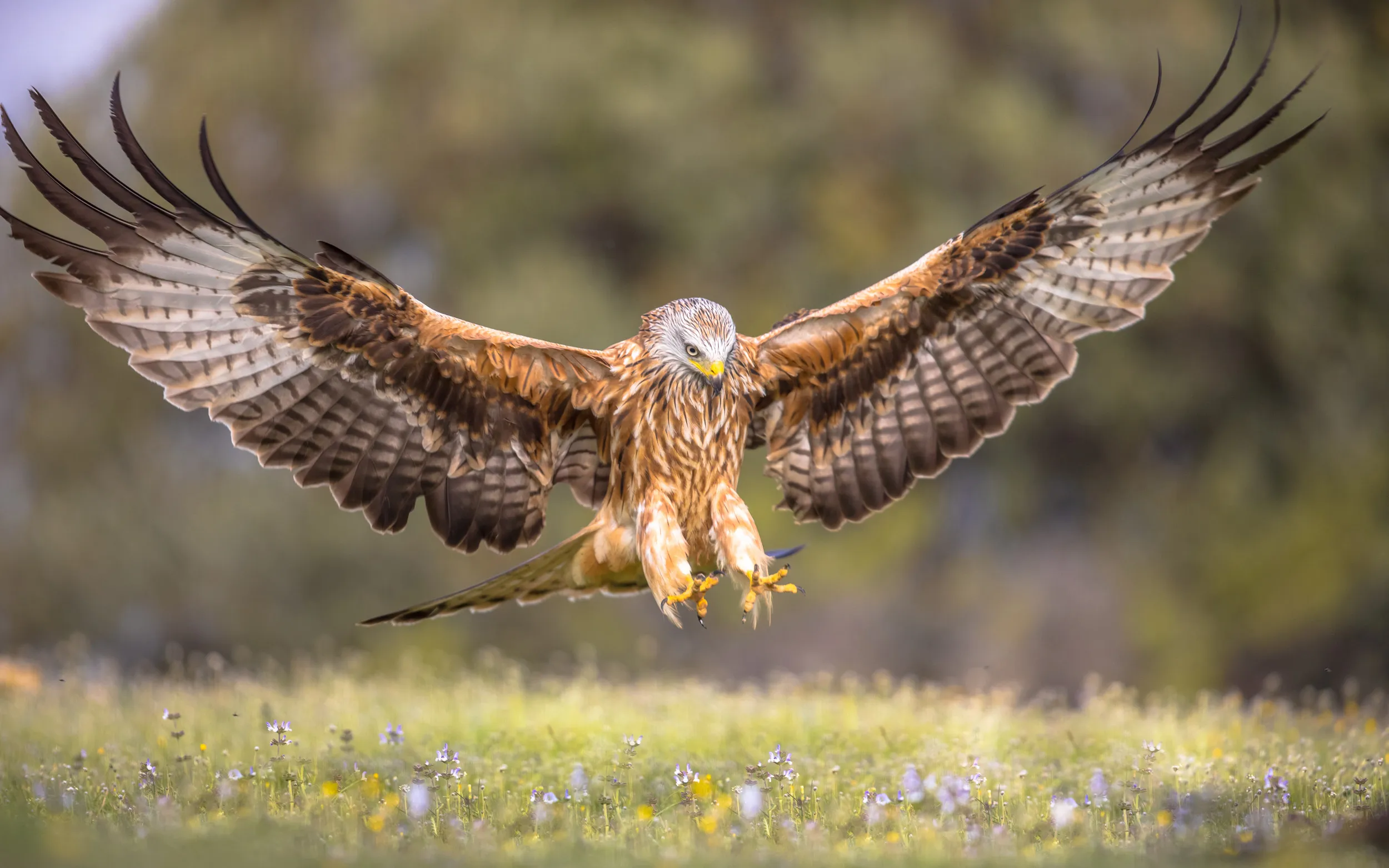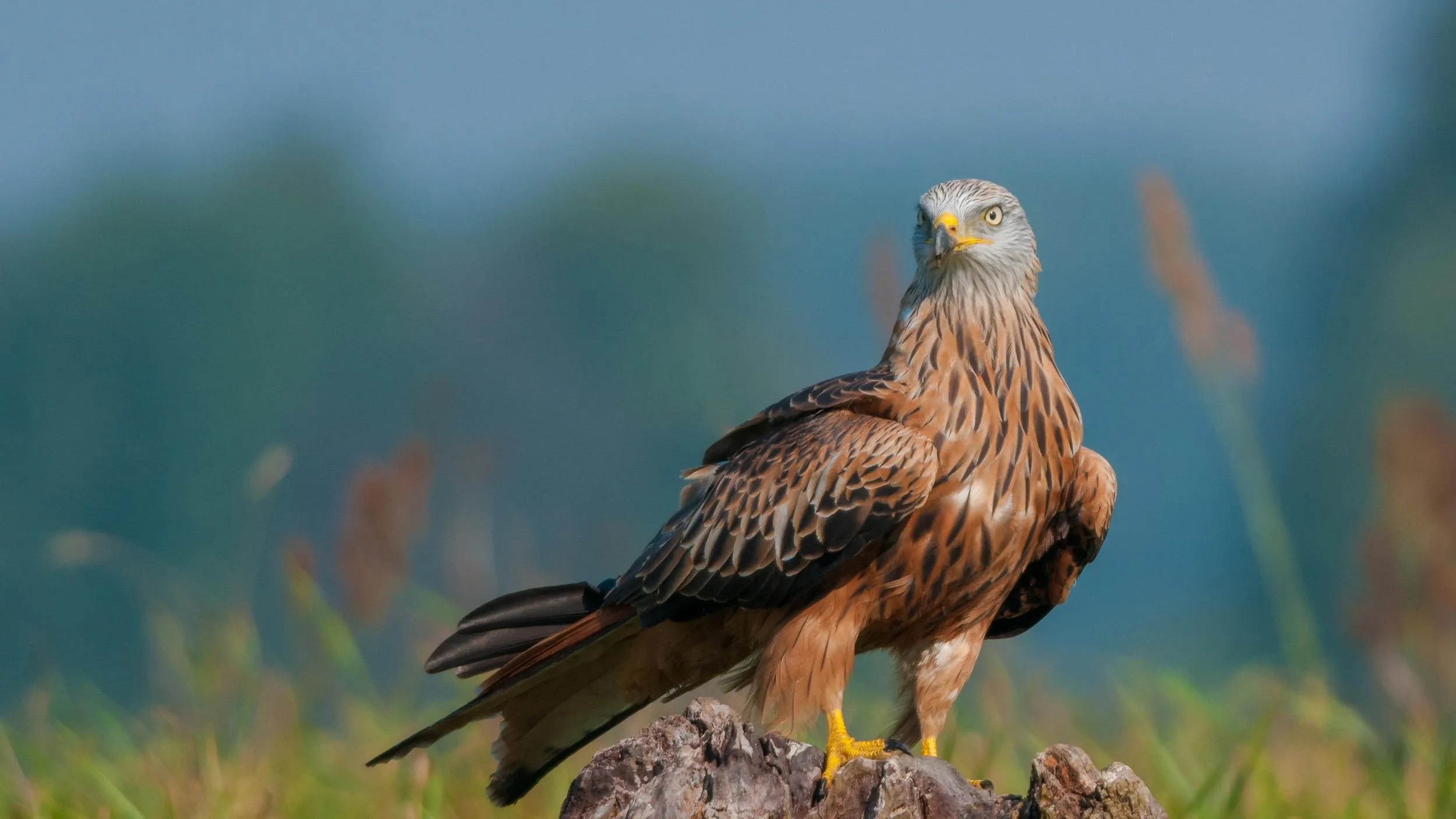Back in Shakespeare’s day, Red Kites were really common, even in cities, where they acted as clean-up crews, catching rodents and scavenging on the scraps of meat that littered the streets. But attitudes changed and Red Kites became the victims of intense persecution. By the end of the 19th century, they were extinct in Scotland, England and Ireland, and just a few pairs were clinging on in Wales.
Thanks to reintroduction projects led by the RSPB and other organisations, Red Kites have made an astonishing comeback in the UK, with numbers increasing by 2,464% between 1995 and 2023. The UK is now home to about 17% of the world’s population.





